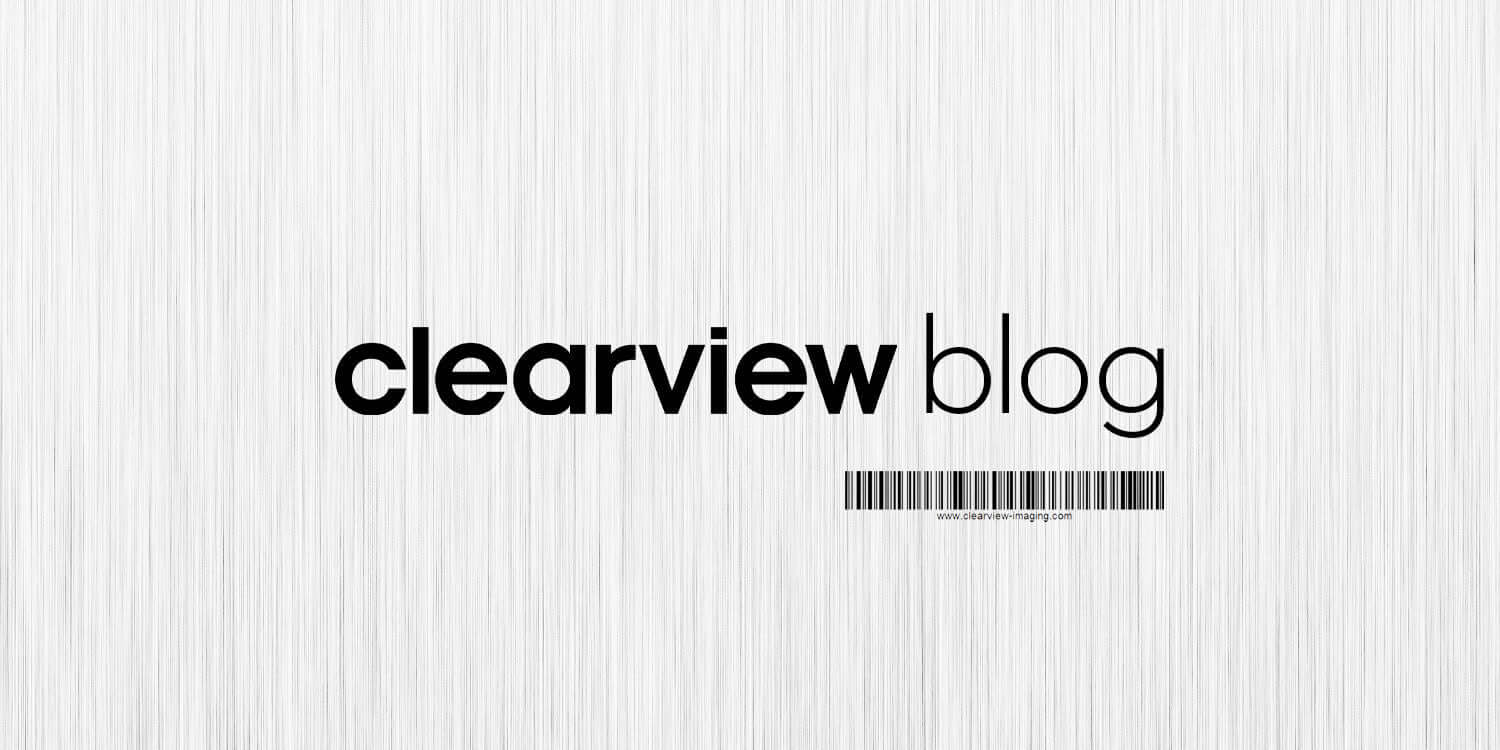Label Verification to Prevent Industrial Penalties
Label Verification to Prevent Industrial Penalties
Welcome to a new series of blogs from ClearView Imaging!
This time we will be looking at the field of label verification, and how machine vision can be successfully deployed to create label verification systems for production lines.
In this blog post we will be introducing concepts, talking factory automation solutions, and highlighting the importance of label verification systems.
What is label verification?
Label verification is the process of checking the overall quality, presence and positioning of product packaging labels, and the information that is printed on these labels, such as barcodes, text, and logos.

Often when we talk about label verification, we are also referring to checking dynamically printed information, such as price, grade, expiration date, batch numbers, etc. This information is machine-printed at very high rates on factory lines, and so occasional errors are to be expected.
Label verification is a solution to this problem that can keep up with fast production rates and offer a way for end users to qualify or disqualify (i.e. pass or fail) label examples.
Why is label verification important?
Many retailers and other end-of-chain buyers of factory products will have stringent margins of error. In the event of poorly labelled products, some buyers will fine their suppliers, as well as reject not only the bad labels that slip through the cracks, but sometimes the entire batch of products associated with it.
This means that if you aren’t ensuring an extremely low margin of error, you could be looking at waste issues – something most responsible companies are now trying to fight.
Furthermore, if you’re a factory distributor, errors don’t look good. Allowing too many bad examples to slip through your fingers could result in a sloppy reputation.
This means that label verification solutions are essential on the production line so that these ‘bad’ labels can be eradicated as much as possible and ensure that high-quality labelled products will roll off the lines consistently.
Emergency Product Withdrawal (EPW)
The last thing that you want to be worrying about is an emergency product withdrawal (EPW).
This consumer safety net is activated in those severe instances where the quality of the food has been seriously compromised. Such food might contain detectable levels of bacteria, physical contamination (e.g. glass or other foreign materials in the food) or labelling with wrong parameters (e.g. incorrect ingredients list).
What are the consequences of having a product withdrawal?
EPW is one of the most serious offences that can happen to a business and has, at times, brought big industry players down to their knees. Here are some of the more serious consequences that you need to look out for:
-
Fines – Penalties for withdrawal of consumable items have no legislated upper limit. In 2007, Cadbury was issued with a £1 million fine, in connection with the salmonella outbreak that affected more than 40 people.
-
Reputation – Although financial implications can be catastrophic for the incriminated business, a dent in the reputation is often irreversible.
-
Lost clients - The clients that don’t trust the products of a certain manufacturer, will most likely never again buy such products. In the long run, dwindling customer base can be disastrous for the business.
- Staff morale – A cold-shouldered company might not be an ideal place to work at. Not only are you aware of the damage that your collective has wreaked, but you know that, jointly, you had either directly or indirectly contributed to that jumble. According to the Hanover Insurance Group, besides the morale, EPWs also impact the productivity and bottom line of a company.
To prevent these disasters, the best bet is to set up a label verification system as a designated step along the food supply path. These inspection systems are particularly crucial when dealing with perishables and packaging, where in-depth scrutiny of the end product is mandatory at each step of the production process.
Which label verification solution is right for me?
At ClearView Imaging, we have your options covered when it comes to label verification solutions.
Whether you’re an end user wanting to opt for an all-in-one solution for your factory line, or an OEM or system integrator wanting to build your own label verification system, ultimately, you want to be ticking the following boxes:
- Print verification
- Date and time verification
- Label positioning check
- Overprinted coding check
- 1D/2D barcode verification
- Flash label check

Vision Solutions from ClearView Imaging
We understand that implementing a label verification system is a careful operation with many factors to consider. At ClearView Imaging, not only do we provide the solutions you will need for your production line, but we also have a great team of technical engineers and vision experts with the knowledge and experience to help you with label verification procedure. Whatever the question or query, feel free to get in touch via our contact page.
Stay tuned to this series of blogs as we continue to explore label verification in a variety of machine vision and factory contexts.
Whether you’re an OEM, a system integrator, engineer or even an end user, be sure to check our great range of machine vision products for the best machine vision components on the market.
